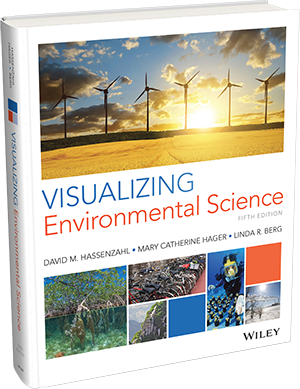
Visualizing Environmental Science, 5th Edition
Provides students with a valuable opportunity to identify and connect the central issues of environmental science through a visual approach. Beautifully illustrated, the fifth edition shows students what the discipline is all about—its main concepts and applications—while also instilling an appreciation and excitement about the richness of the subject. This edition is thoroughly refined and expanded. The visuals utilize insights from research on student learning and feedback from users. The program can be used as the core text to prepare students for success on the AP Environmental Science exam.
- Research-based approach: Visuals actively engage students in the learning process.
- Visually driven learning: The integration of cutting-edge visuals and interactive graphics simplify and enhance understanding of complex environmental science concepts.
- Real-world relevance: Chapter openers and Sustainable Citizen questions connect course material to current environmental issues, prompting students to reflect on personal and global impacts.
- Comprehensive coverage: Addresses key topics such as ecosystems, energy flow, climate change, water resources, and sustainable food systems, providing a broad understanding of environmental challenges.
- Updated content: Includes the latest developments on food sustainability, marine preservation, and conservation methods, ensuring students learn about current environmental issues.
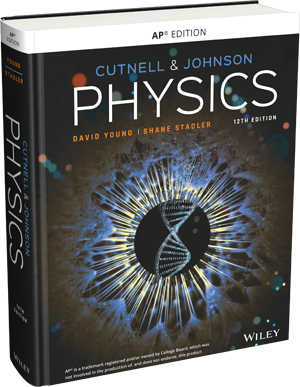
Cutnell & Johnson Physics, AP Edition, 12th Edition
Focuses on conceptual understanding, problem solving, and establishing relevance so that students can succeed in class and on the Advanced Placement Physics 1 and 2 exams. The program includes more than 250 author-narrated videos, as well as practical examples, career insights, and case studies from medicine, biology, and other professions.
- Alignment to the College Board CED: Correlated to the CED frameworks for AP Physics 1 and 2, this program will prepare students for success on the AP exams.
- Real-world relevance: Over 300 examples show how physics applies to biology, medicine, and sports, linking concepts like human physiology and mechanics to fields in pre-med and life sciences.
- Supportive examples: Includes Concepts and Calculations problems and Check Your Understanding questions to help students grasp physics principles.
- Clear modeling support: Improve reasoning skills with Math Skills boxes, multi-concept problems, and examples with reasoning steps.
- Team-based learning: Group-oriented Team Problems at the end of each chapter encourage collaboration on complex, multi-step problems.
- Everyday relevance: Demonstrates how physics principles apply to daily life, enhancing student engagement.
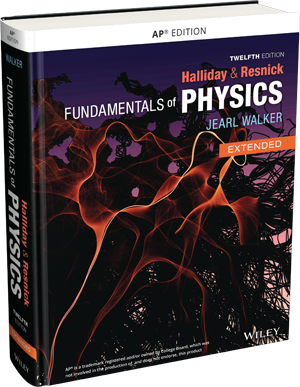
Halliday & Resnick Fundamentals of Physics, AP Edition, 12th Edition
Guides students through the process of learning how to effectively read scientific material, identify fundamental concepts, reason through scientific questions, and solve quantitative problems. The twelfth edition includes a renewed focus on several contemporary areas of research to help challenge students to recognize how scientific and engineering applications are fundamental to the world’s clockwork.
A wide array of tools support students’ active learning as they work through and engage in this course. The program is a learning center with practice opportunities, interactive challenges, activities, simulations, and videos.
- Alignment to the College Board CED: Correlated to the CED frameworks for AP Physics C: Electricity and Magnetism and AP Physics C: Mechanics this program will prepare students for success on the AP exams.
- Intuitive problem solving: Students build critical problem-solving skills through structured resources, including hints, step-by-step guidance, and additional sample problems, encouraging comprehension beyond simple answers.
- Engaging real-world application: Examples and problems are rooted in current, real-world scenarios, such as autonomous vehicle safety, medical imaging, and gravitational waves, making physics relevant and exciting.
- Robust instructor support: A wide array of supplementary materials, including a solutions manual, lecture slides and videos, and test banks equip educators with tools to create an effective and engaging course.
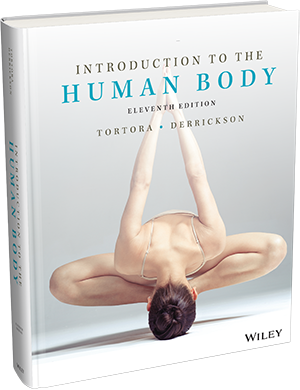
Introduction to the Human Body, 11th Edition
Combines exceptional content and outstanding visual, auditory, and interactive presentations for a multimodal and comprehensive learning experience. This program gives students the ability to learn and explore anatomy and physiology both inside and outside of the classroom.
- Clear content: Complex anatomy and physiology concepts are broken down into easy-to-understand explanations—perfect for beginners.
- Engaging visuals: Detailed illustrations and diagrams help bring the human body to life, improving understanding of structures and systems.
- Practical applications: Connects core concepts to real-world healthcare settings, showing the relevance of anatomy and physiology in medical careers.
- Comprehensive tools: Study aids like review questions, interactive exercises, and online resources support different learning styles.
- A focus on success: Combines rigorous science with a clear teaching approach to help students master foundational anatomy and physiology.
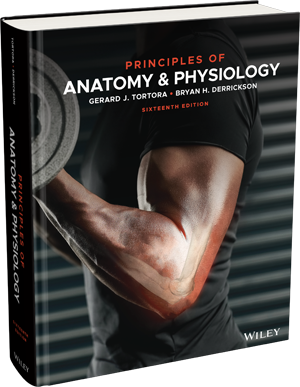
Principles of Anatomy & Physiology, 16th Edition
From the very first edition, Principles of Anatomy & Physiology has been recognized for its pioneering homeostatic approach to learning structure and function of the human body. The sixteenth edition continues to set the discipline standard by combining exceptional content and outstanding visuals for a rich and comprehensive experience. The highly regarded authors motivate and support learners at every level, from novice to expert, and equip them with the skills they need to succeed in this class and beyond.
- Modernized terminology: Replaces most eponyms with official terms from Terminologia Anatomica and Terminologia Histologica, ensuring students learn relevant, current terminology.
- Clinical connections: Includes real-world clinical examples, like tracheostomy and ventilators, to link anatomical concepts with healthcare applications.
- A focus on homeostasis: Emphasizes homeostasis with feedback illustrations, summaries, and sections on imbalances, highlighting its importance in health.
- Online learning resources: Provides a tailored online experience with practitioner videos, dissection videos, and anatomy drills to engage all learners.


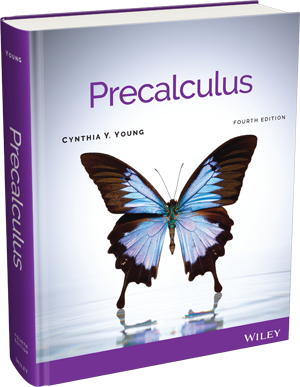
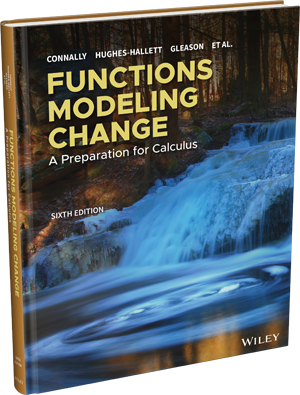
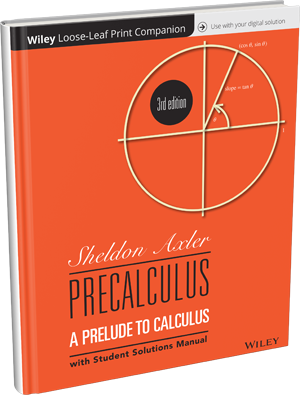
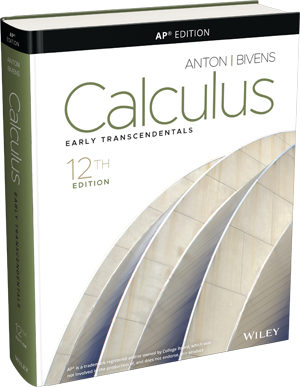
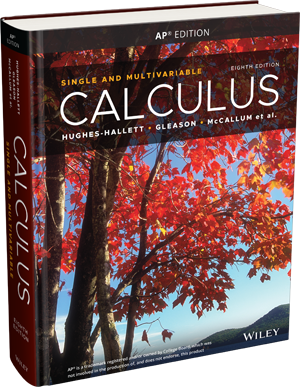
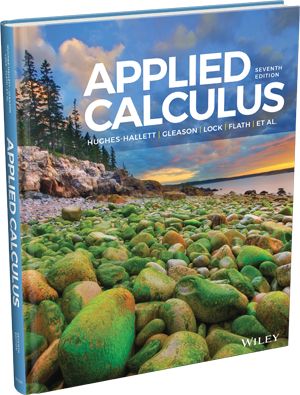
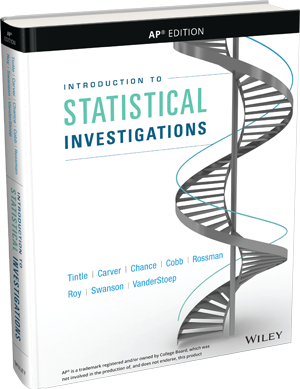
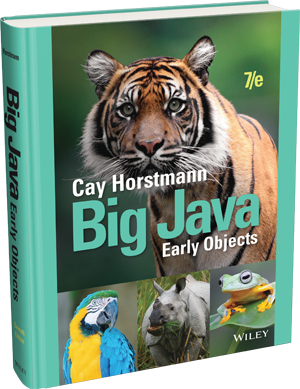
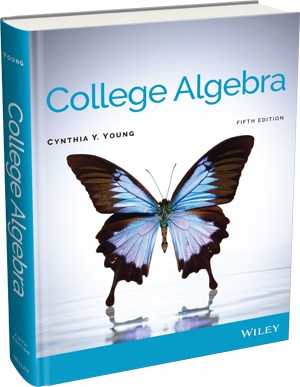
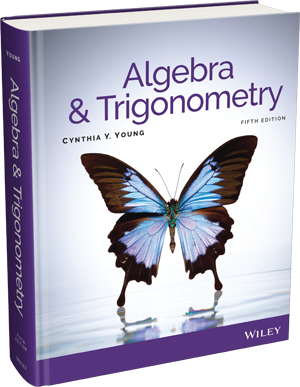
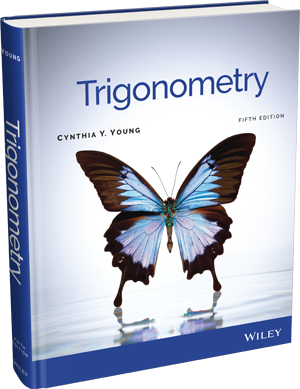






Human Geography for the AP Course
Teaches students to appreciate the diversity of people, places, and cultures, and understand the role people play in shaping our world. The goals of this edition are to provide geographic context to global, regional, national, and local issues and to teach students to think geographically and critically about these issues.
Beautifully designed maps, dozens of vibrant photographs taken by the author team, and author and guest field notes help students see how geographers read cultural landscapes and use fieldwork to understand places.
The text integrates Threshold Concepts to help students develop their ability to think geographically. Once they learn and apply one of these concepts in the context of a given place, students integrate it into their thinking and can draw from it as they learn new material and explore other places.
Psychological Science: The Curious Mind
Psychological Science: The Curious Mind, by award-winning authors and professors Catherine A. Sanderson and Karen Huffman, introduces 21st-century, digital-native students to the fascinating field of psychology. This new program emphasizes the importance of developing scientific literacy and an understanding of research and research methods. The program uses an inviting why-focused framework that taps into students' natural curiosity, incorporating active learning and real-life application to engage students.
The text has been aligned to the new AP College Board CED framework and embraces the guidelines released by the American Psychological Association (APA)'s Introductory Psychology Initiative (IPI). It provides students with the content and motivation to achieve success on the AP exam as well as an enduring, foundational understanding of psychological science.
Introduction to Personal Finance: Beginning Your Financial Journey, 3rd Edition
Every financial decision we make impacts our lives. Introduction to Personal Finance: Beginning Your Financial Journey is designed to help students avoid early financial mistakes and provide the tools needed to secure a strong foundation for the future.
Using engaging visuals and a modular approach, instructors can easily customize their course with topics that matter most to their students. This course empowers students to define their personal values and make smart financial decisions that help them achieve their goals.